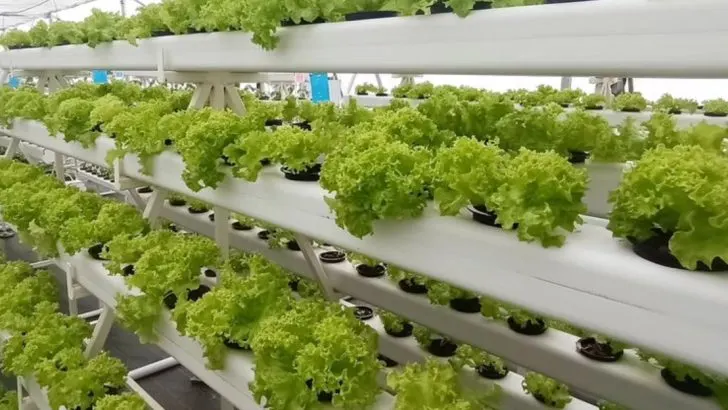Think you don’t have the right space to grow food? Think again. Whether it’s a shady corner, rocky soil, or a tiny balcony, there are clever, creative ways to make almost any space productive. You don’t need a perfect garden—you just need the right approach.
With a mix of smart techniques and resilient plants, you can turn even the most unlikely spots into thriving sources of herbs, veggies, or fruit. From vertical growing to container tricks and shade-tolerant crops, it’s all about working with what you have.
In this article, we share 17 practical strategies for growing food where you thought nothing could grow. It’s time to rethink your limits—and discover how resilient, flexible, and rewarding food gardening can truly be.
Rooftop Gardens
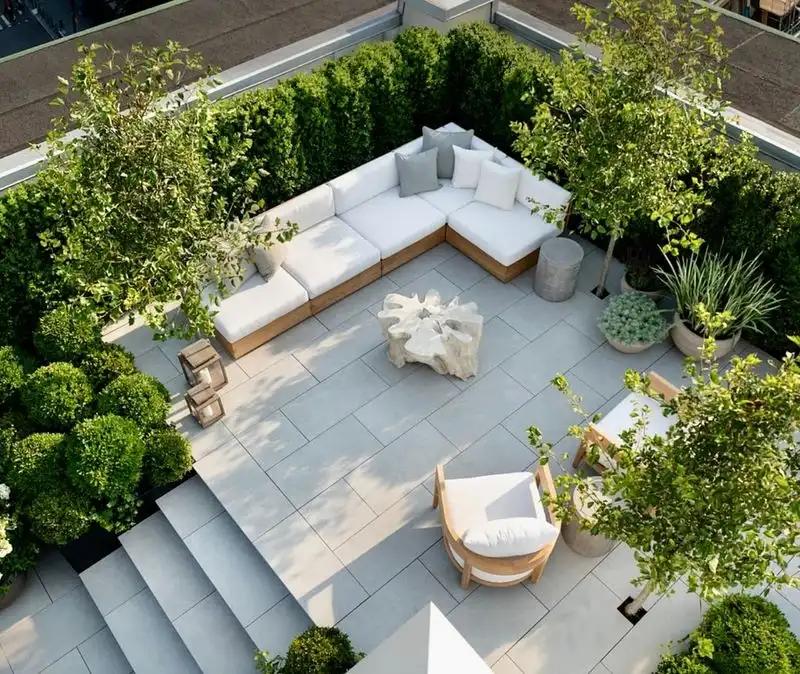
Imagine the skyline dotted with lush green spaces, where fresh produce thrives high above the bustling city streets. Rooftop gardens are transforming urban landscapes into agricultural hubs. Utilizing lightweight soil, innovative irrigation methods, and carefully selected plants, these gardens maximize space in densely populated areas.
The benefits go beyond aesthetics; they reduce urban heat, improve air quality, and offer fresh produce right at your doorstep. Whether you’re growing herbs or leafy greens, rooftop gardens can turn unused spaces into productive plots.
Search “urban rooftop garden tomatoes” to see the possibilities unfold in your own city.
Vertical Farming
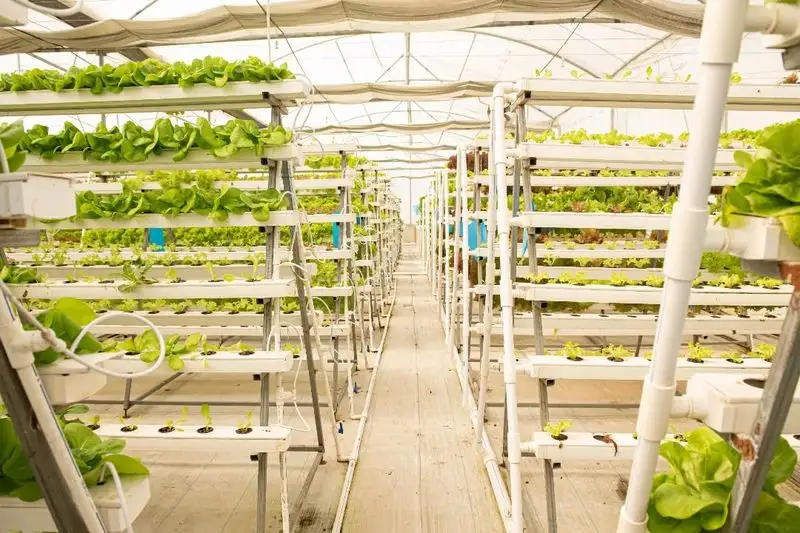
Step inside a skyscraper where farms reach for the sky. Vertical farming uses stacked layers to grow crops in controlled environments. LED lights, hydroponics, and climate control replace traditional farming methods, allowing year-round production.
These farms thrive in urban centers, reducing the need for transportation and providing fresh food locally. The efficiency and sustainability of vertical farming make it a compelling choice for modern agriculture.
Curious about this cutting-edge method? Search for “vertical farming skyscraper lettuce” to see how innovation meets nature in the heart of the city.
Aquaponics Systems
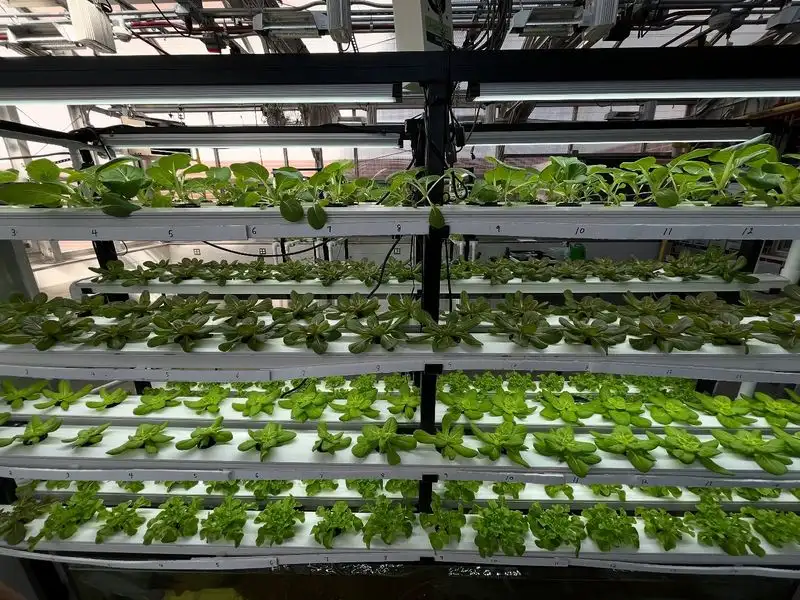
In the world of aquaponics, fish and plants coexist in a harmonious cycle. Fish waste provides nutrients for plant growth, while plants purify the water for the fish. This symbiotic relationship allows for sustainable food production in compact spaces.
Suitable for homes, schools, and commercial settings, aquaponics offers a hands-on approach to growing vegetables and raising fish. It’s an efficient way to produce fresh, organic food with minimal water use.
Search “home aquaponics system family” to discover how this innovative method can enrich your home and community.
Container Gardening
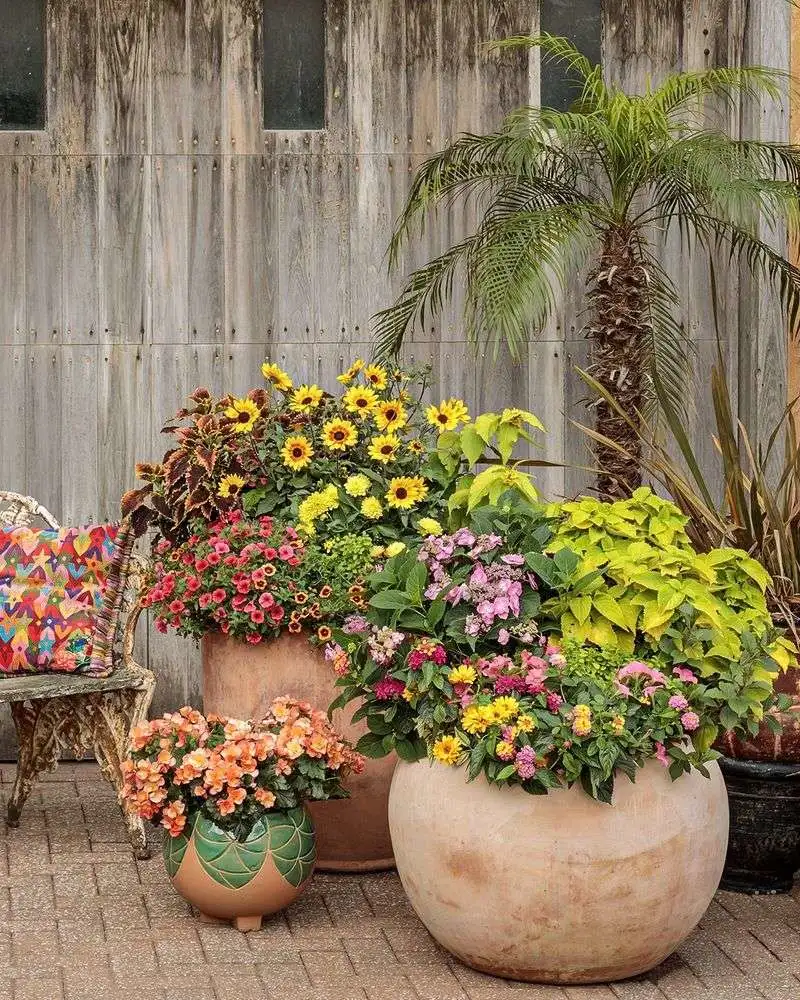
Even the smallest spaces can become thriving gardens with container gardening. From strawberries to cherry tomatoes, various plants flourish in pots and containers, turning balconies and patios into green sanctuaries.
The portability and flexibility of containers allow for experimentation with different plants and arrangements. Customize your garden to suit your taste and environment, and enjoy fresh produce at your fingertips.
See how others transform compact areas by searching “balcony container gardening strawberries.”
Hydroponics
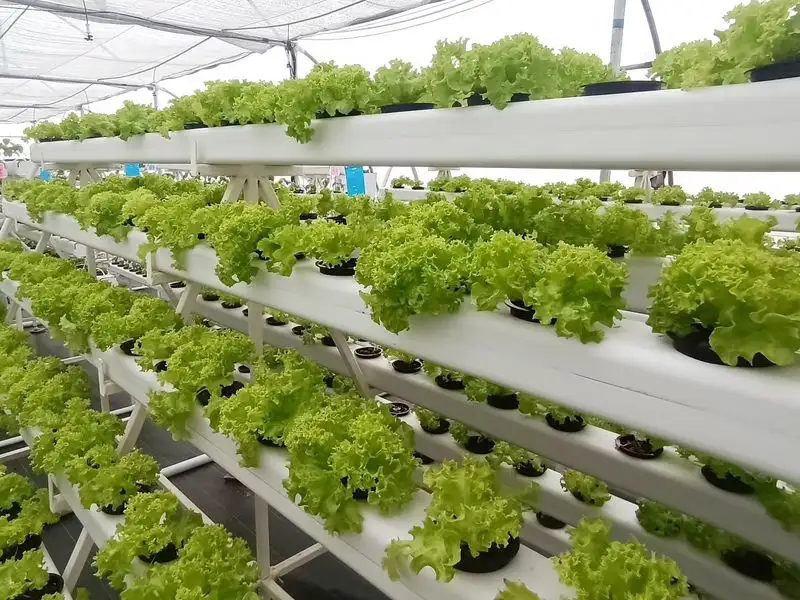
No soil? No problem! Hydroponics opens the door to soil-less agriculture, where plants grow in nutrient-rich water. This method allows precise control over growing conditions, leading to faster growth and higher yields.
Perfect for urban environments, hydroponics can be set up in homes, restaurants, or commercial spaces. The technology reduces water usage and eliminates the need for pesticides.
Search “indoor hydroponics setup basil” to learn how this innovative approach can turn any space into a fertile oasis.
Community Gardens
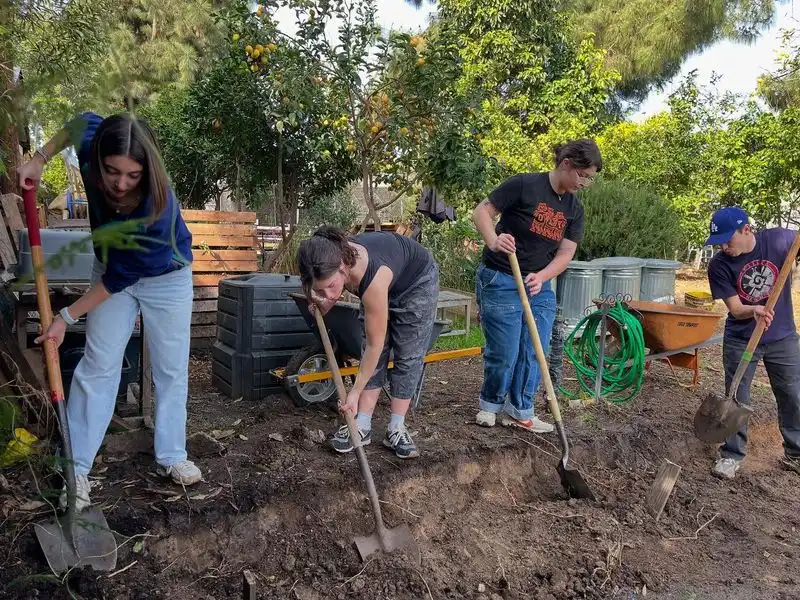
Community spirit blossoms in gardens where neighbors unite to cultivate fresh produce. Community gardens transform vacant lots into productive spaces, fostering collaboration, education, and sustainability.
These gardens provide access to fresh food and create opportunities for social interaction and learning. They enhance community resilience and allow people to connect with nature and each other.
Explore the impact of community gardening by searching “community vegetable garden collaboration.”
Edible Landscaping
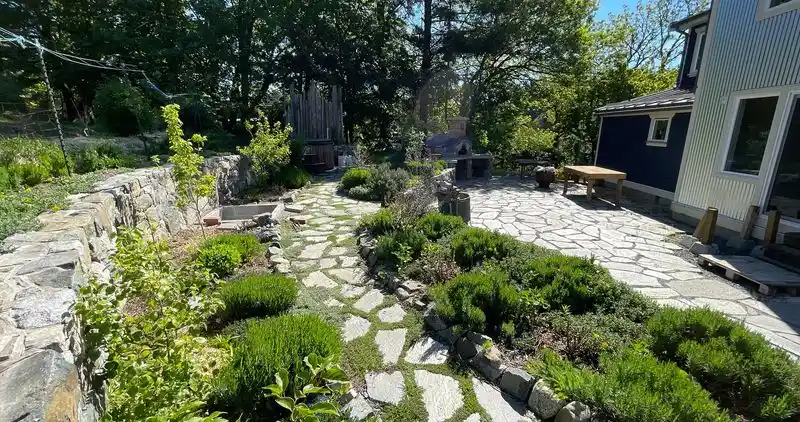
Why separate beauty from functionality when you can have both? Edible landscaping blends ornamental plants with edible ones, creating gardens that please the eye and feed the body.
Incorporate fruits, vegetables, and herbs into your yard to enjoy a beautiful and bountiful landscape. This approach encourages creativity and sustainable living, turning ordinary spaces into extraordinary edible gardens.
Search “edible landscaping kale blueberries” to see how aesthetics and agriculture come together in harmony.
Guerilla Gardening
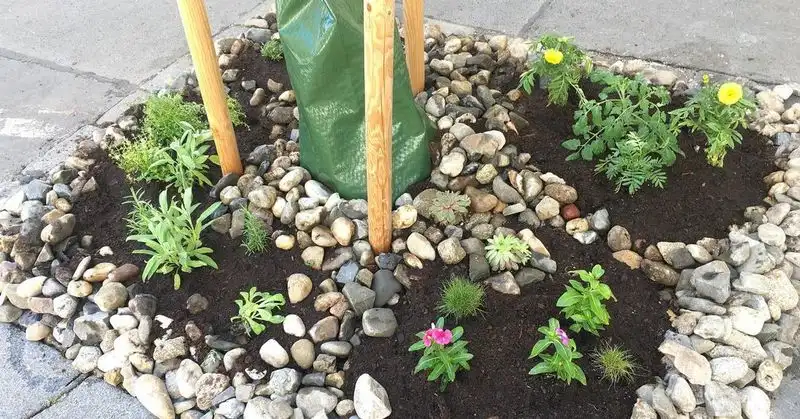
Reclaiming neglected urban spaces, guerilla gardening is a form of peaceful protest and creativity. Gardeners transform abandoned plots and alleyways into vibrant green spaces under the cover of night.
By planting flowers and vegetables in unexpected places, these gardeners breathe life into forgotten areas, making cities more livable and beautiful. It’s gardening with a rebellious twist.
Uncover the world of guerilla gardening by searching “urban guerilla gardening sunflowers.”
Permaculture
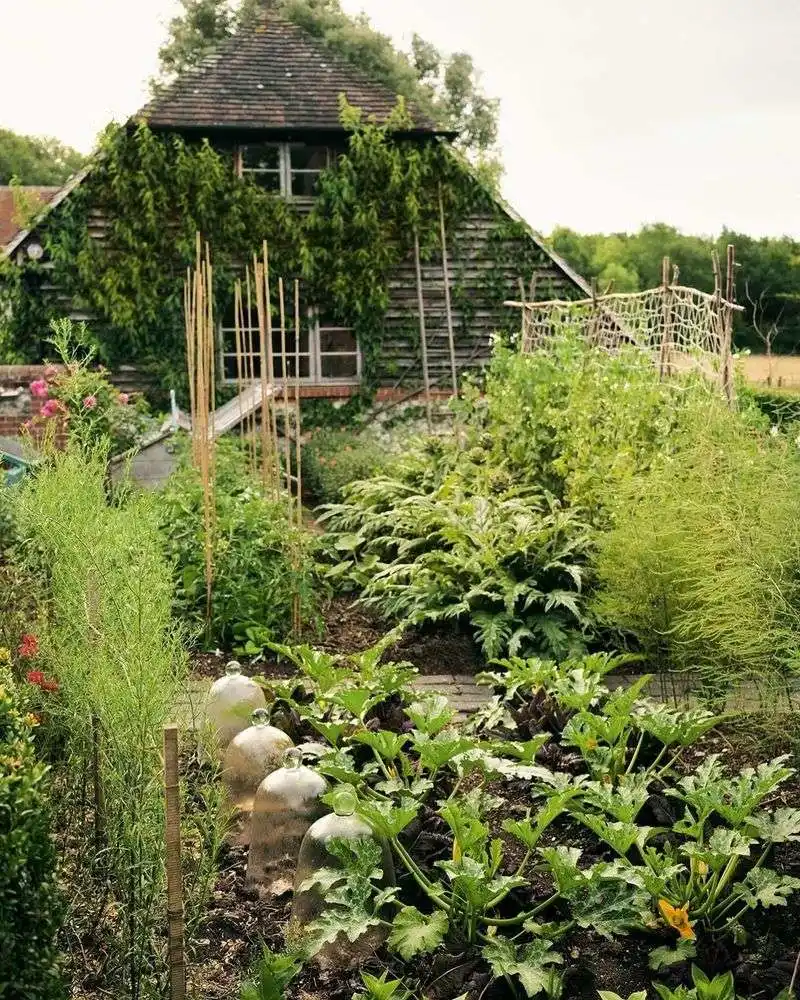
Permaculture is more than a gardening method; it’s a philosophy of working with nature. Design your garden to mimic natural ecosystems, creating sustainable and self-sufficient landscapes.
This approach reduces waste and maximizes productivity by integrating plants, animals, and the environment. Permaculture gardens are resilient and resource-efficient, offering long-term solutions to food production challenges.
Intrigued by this holistic approach? Search “permaculture farm self-sustaining” to see how nature and agriculture unite in perfect balance.
Desert Agriculture

Growing food in the desert may seem impossible, yet modern techniques make it achievable. Desert agriculture utilizes advanced irrigation, drought-resistant crops, and solar energy to turn barren lands into productive farms.
These innovations allow for efficient water use and sustainable farming in arid environments, providing food security in regions facing climate challenges. Explore how technology transforms deserts into thriving agricultural landscapes.
Search “desert agriculture drought-resistant crops” to see how life flourishes against the odds.
Forest Gardening

Deep within the forest, gardens thrive in harmony with nature. Forest gardening layers plants to form a self-sustaining ecosystem, mimicking the natural woodland structure.
This approach fosters biodiversity and resilience, providing an abundance of fruits, nuts, and herbs. By working with the land’s natural patterns, forest gardening offers a sustainable way to grow food.
Discover the tranquility of forest gardening by searching “forest garden layers fruit trees.”
Window Farms

Transform your apartment window into a mini farm with window farming. This vertical system allows you to grow herbs and leafy greens indoors, utilizing natural sunlight.
Ideal for urban dwellers, window farms are space-efficient and aesthetically pleasing. They offer fresh produce year-round without the need for a large garden.
See how window farming enhances urban living by searching “apartment window farm herbs.”
Subterranean Farming
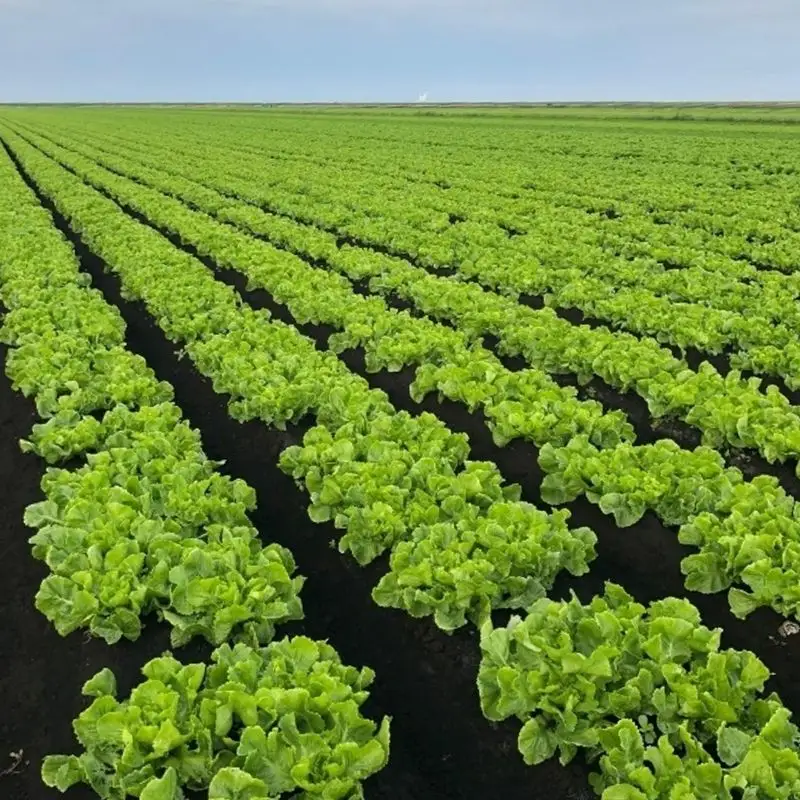
Beneath the earth’s surface lies a unique farming opportunity. Subterranean farms use artificial lighting and controlled environments to grow crops like mushrooms and leafy greens.
This method makes use of abandoned tunnels and basements, turning unused space into productive farms. It’s a creative solution to urban farming challenges, where space is limited.
Search “underground farm mushrooms” to explore how farming goes underground for a sustainable future.
Floating Gardens
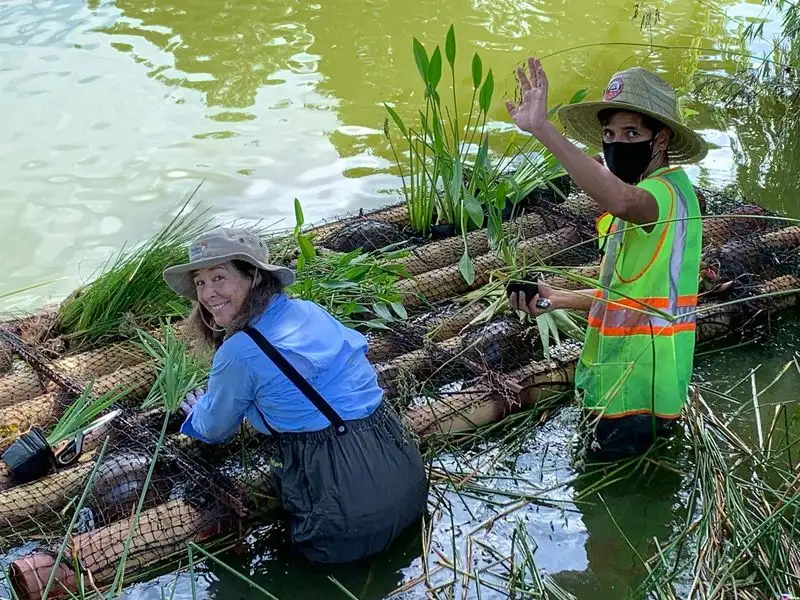
Floating gardens drift gracefully on bodies of water, providing a unique farming environment. These gardens use rafts to grow crops like vegetables and flowers, utilizing aquatic ecosystems to support growth.
They offer a solution to land scarcity and provide habitat for wildlife. This ancient technique has been modernized to offer sustainable food production in regions with abundant water.
Search “floating garden vegetables lake” to see how water and agriculture converge in this innovative approach.
Indoor Greenhouses
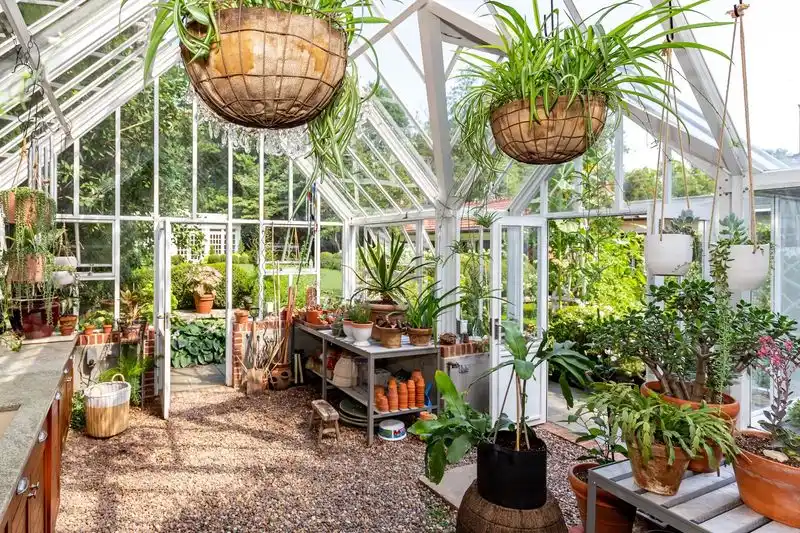
Step inside an indoor greenhouse, where tropical warmth defies winter’s chill. These structures allow you to grow plants year-round, regardless of outdoor weather conditions.
Indoor greenhouses offer a controlled environment for diverse plant species, enhancing home aesthetics and providing fresh produce. It’s a slice of the tropics in your living room.
Interested in bringing the outdoors in? Search “indoor greenhouse tropical plants” to explore the possibilities.
Hydroponic Towers
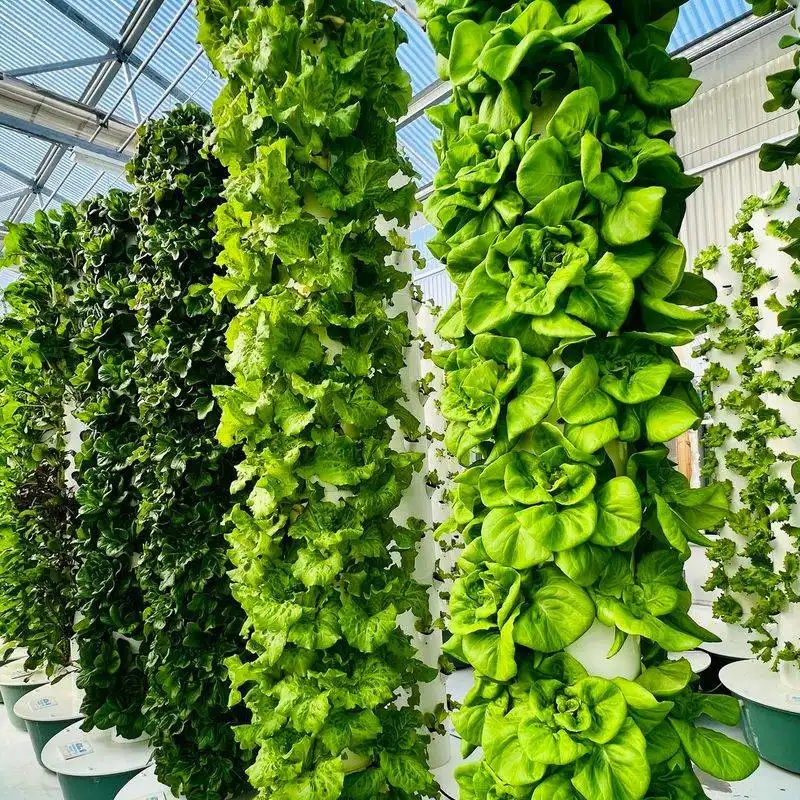
Vertical elegance meets agricultural innovation in hydroponic towers. These space-saving systems grow plants vertically using nutrient-rich water.
Ideal for urban settings, hydroponic towers reduce water usage and allow for efficient space utilization. They offer a fresh twist on traditional gardening, producing herbs and greens in minimal space.
Search “hydroponic tower kitchen herbs” to discover how vertical farming transforms indoor spaces.
Biophilic Architecture
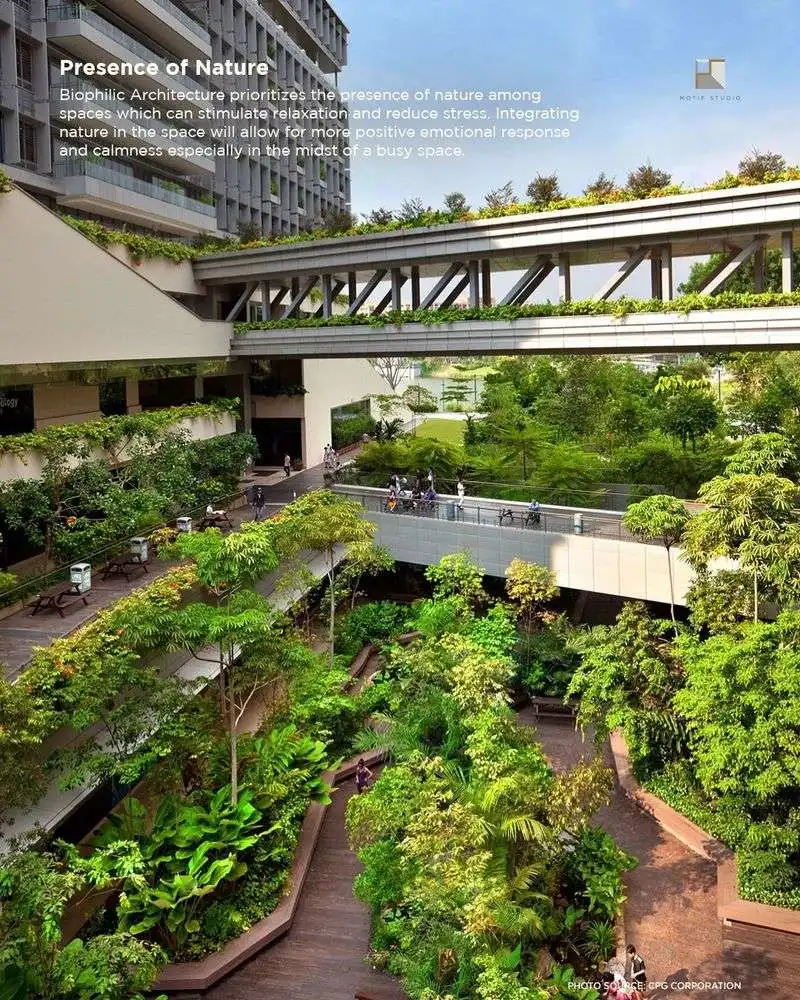
In the realm of architecture, biophilic design integrates nature into urban living. Buildings feature green walls, balconies with plants, and rooftop gardens, enhancing both aesthetics and functionality.
This approach fosters a connection with nature, improves air quality, and offers space for urban agriculture. It’s more than a trend; it’s a sustainable way to design future cities.
Explore the fusion of architecture and agriculture by searching “biophilic design green building.”

